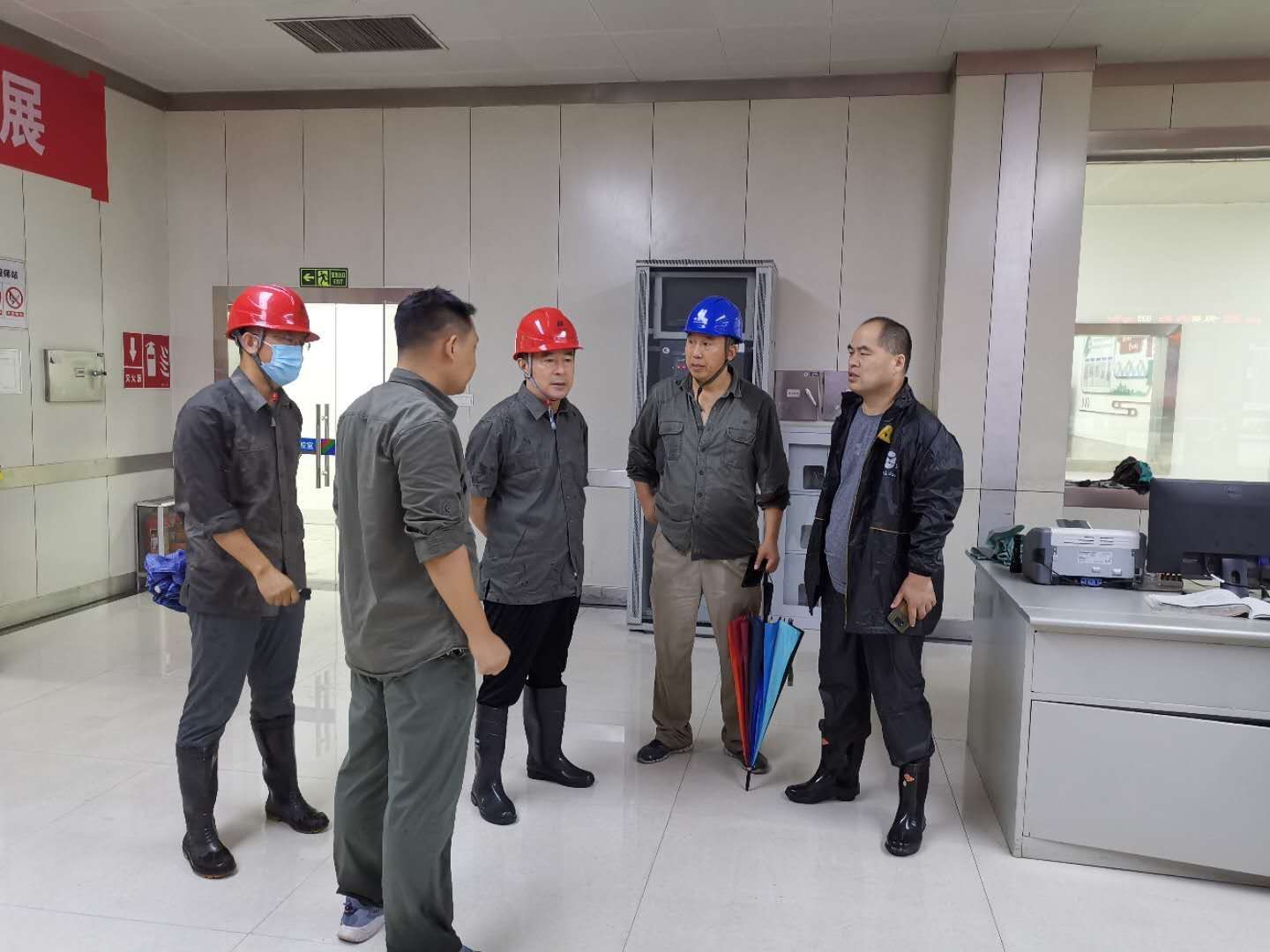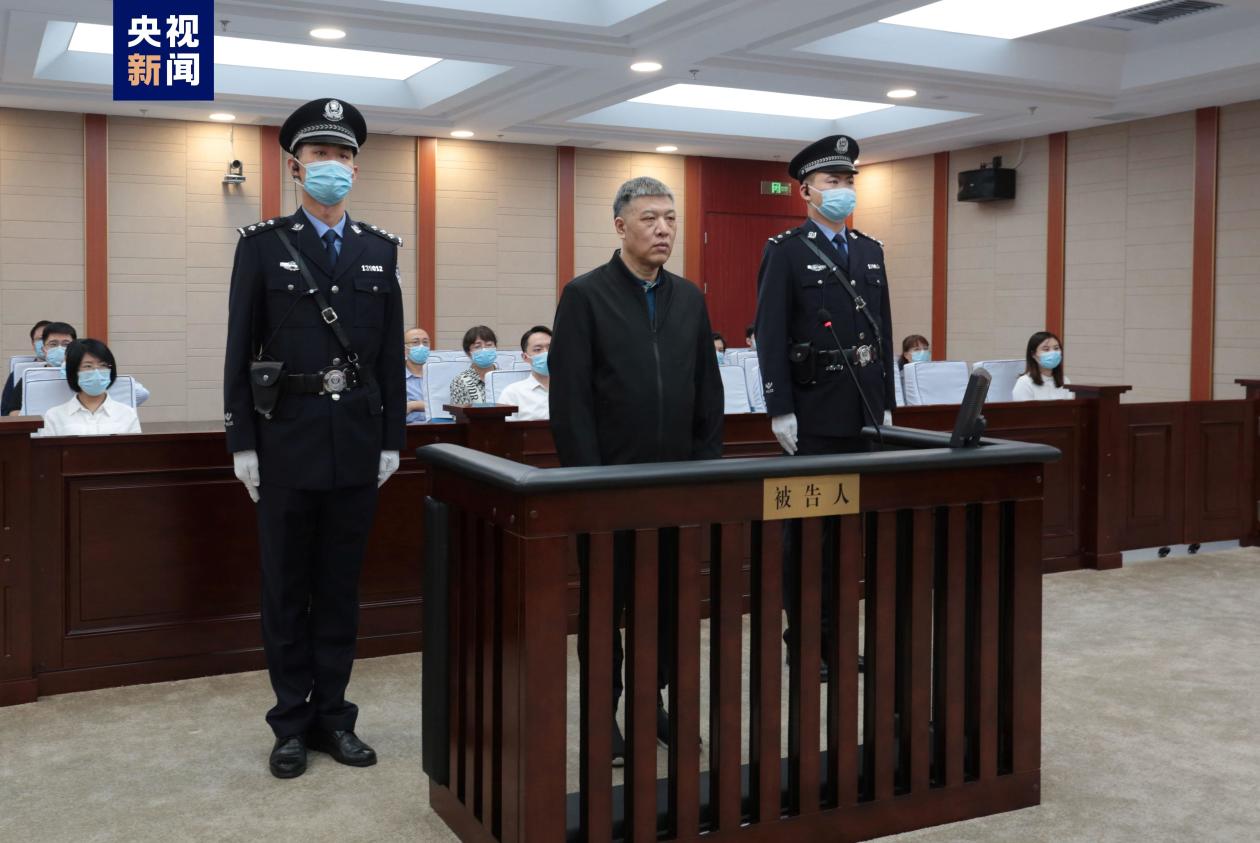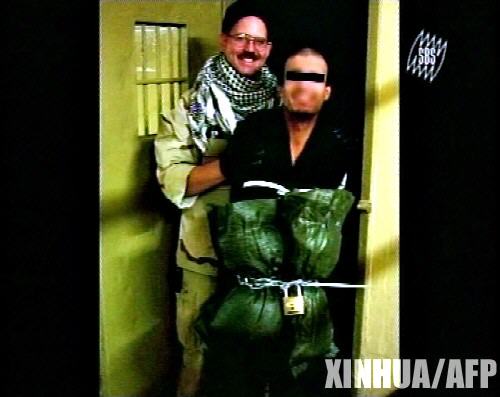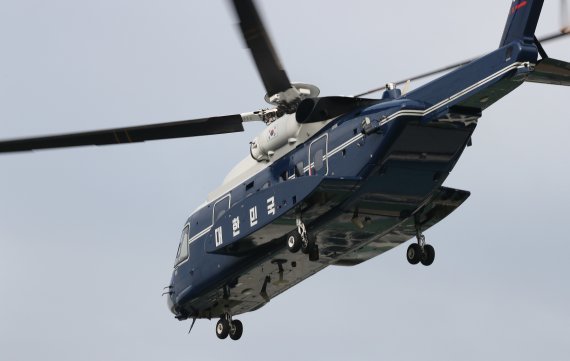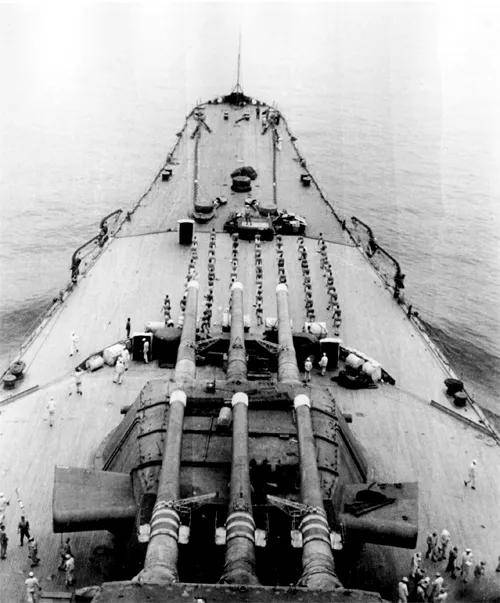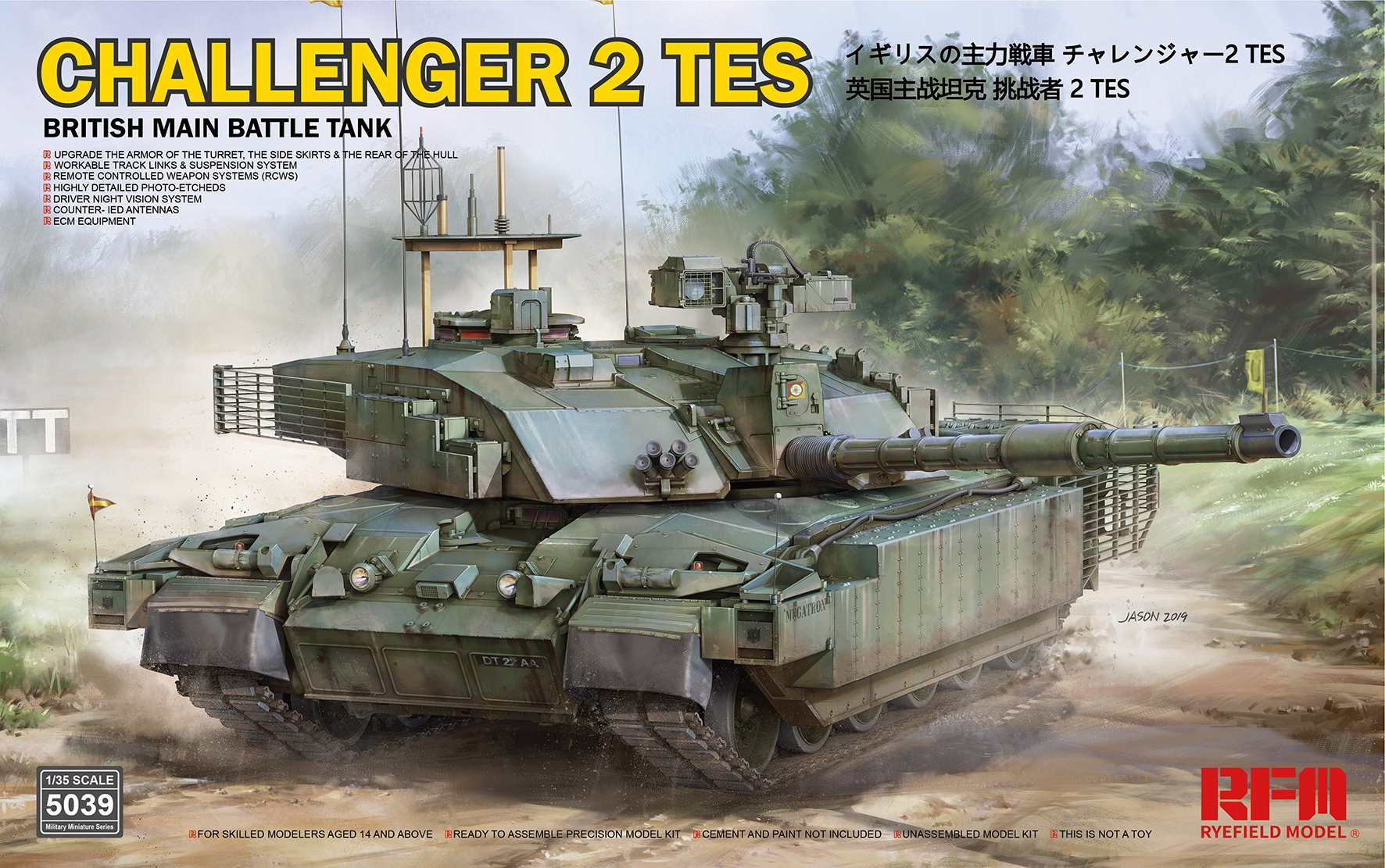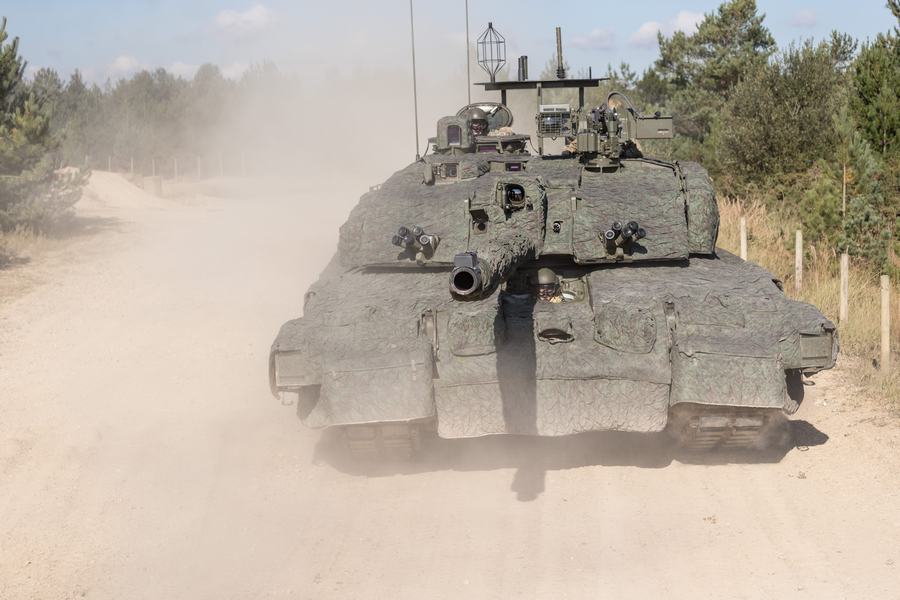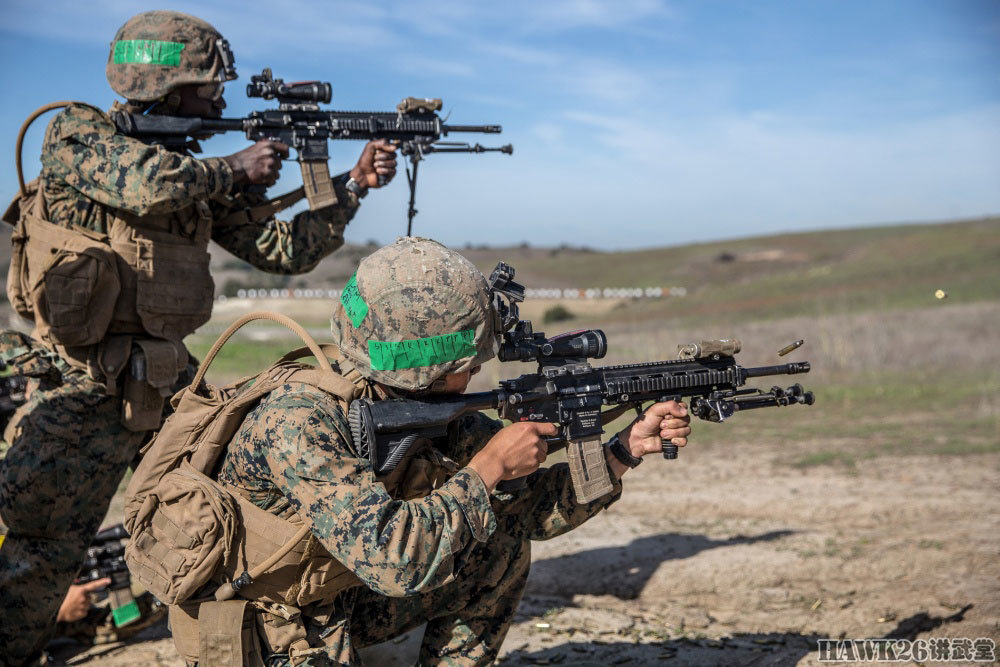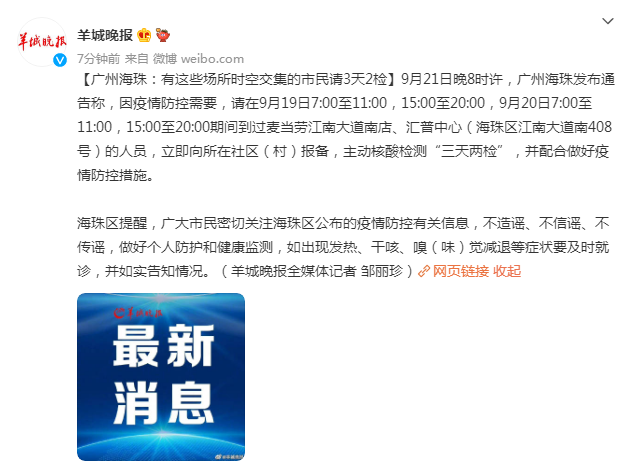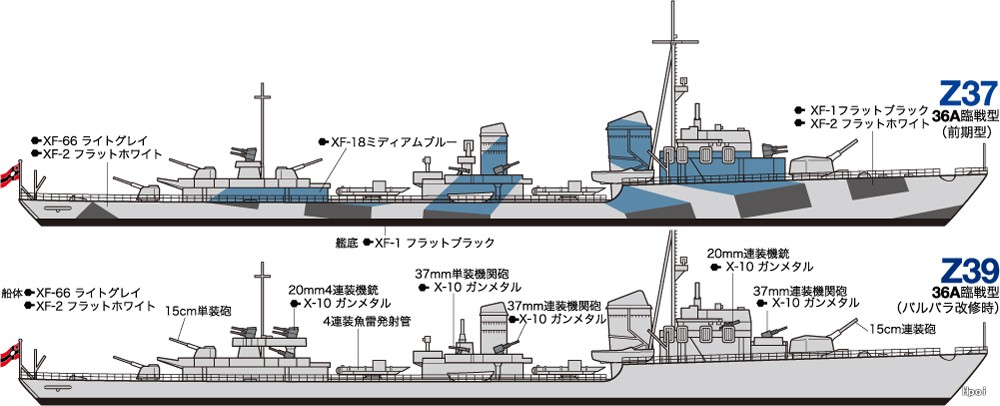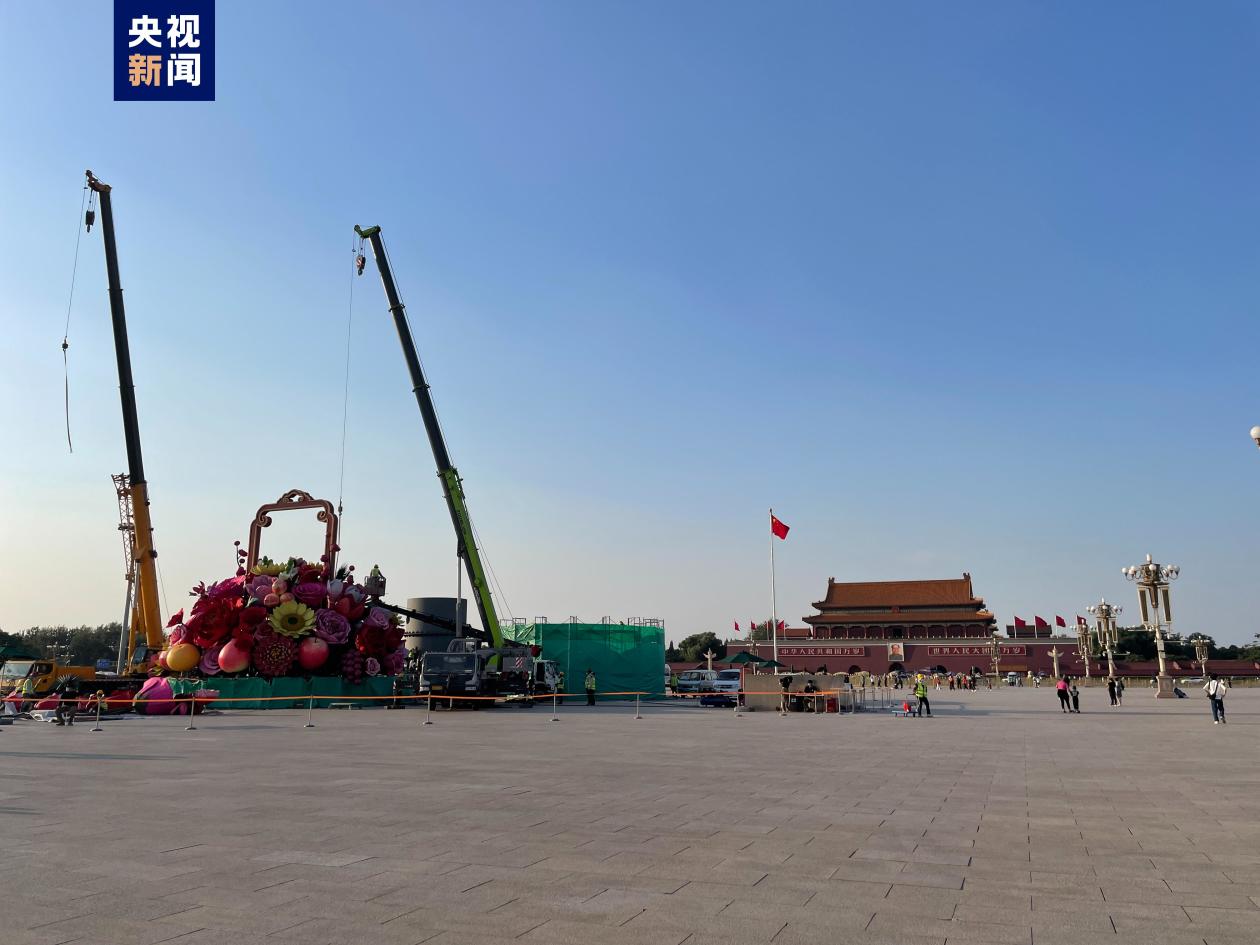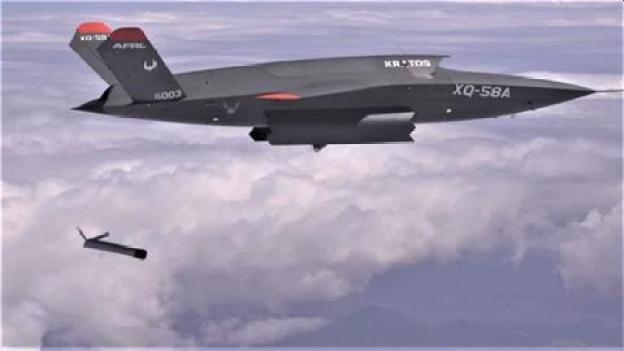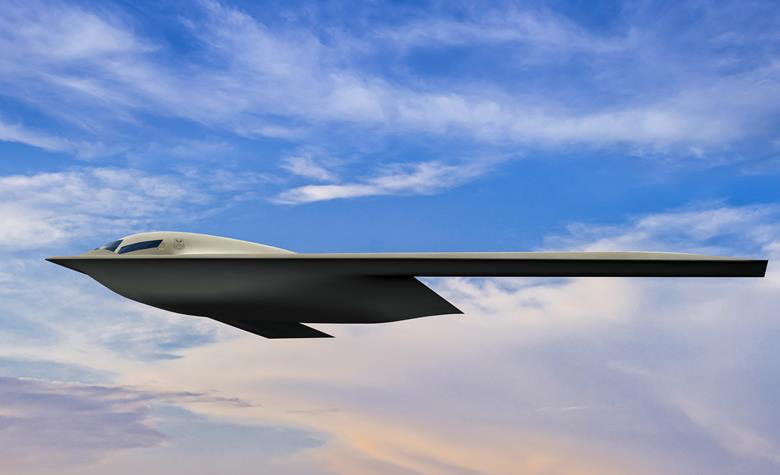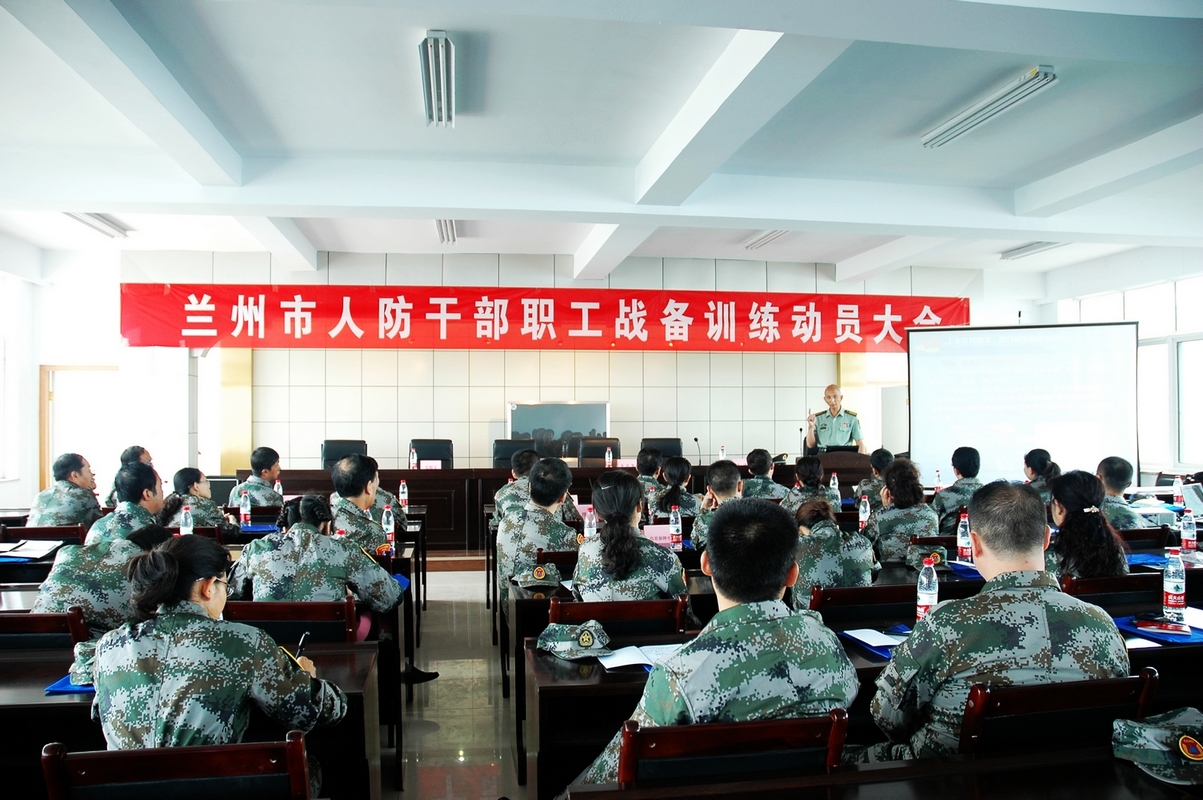中印边境自卫反击战是新中国历史上的第一次自卫反击战。作为这场战争中方的最高领导人,毛泽东自始至终参与了战争指导。正如他自己所说:“这次我参加了。总理,少奇同志,小平同志,军委同志,我们都参加了。我们在北京,只是没有去前线。”整个战争期间,毛泽东从战略大局出发,巧妙地将政治、军事和外交斗争结合起来,导演了一部鲜活的战争剧,让世人叹为观止,体现了高超的战略指挥艺术。
▍立足大局,坚持以和平方式解决争端
毛泽东在谈到解决中印边境争端和冲突时曾说过这样的话:“我有这样一个盘子,那就是和平。”以和平方式解决中印边界争端和冲突,是毛泽东的指导。印度在边境自卫和反击过程中一直坚持的最基本原则之一。
坚持和平解决中印边境争端和冲突,是毛泽东基于国际国内大战略得出的科学结论。 1950 年代和 1960 年代,国际形势依然动荡。美苏为了实现称霸世界的野心,加强了对中间地带国家的争夺。中国周边安全形势更加严峻。面对复杂严峻的形势,毛泽东做出了正确的战略判断,认为国际形势总体是好的,可以争取十年到十五年的和平。
基于这个正确判断,毛泽东对其国际国内政策进行了调整:国际上,继续团结社会主义国家,争取中间地带国家,团结世界上一切可以团结的力量,反对美帝国主义。对内,把发展问题放在首位,抓紧发展经济,加快经济建设步伐,强国强国。
从这一战略大局出发,毛泽东确立了解决中印边界争端和冲突的总方针:坚持以和平方式解决边界争端,以这种方式换取西部边境的安宁,并为全国建设发展创造良好环境。他指出:“我们现在需要几十年的和平,至少几十年的和平,才能发展国内生产,改善人民生活。我们不想开战。”
毛泽东始终认为,中印之间不存在根本利益冲突和原则分歧,中印边界争端和冲突可以通过和平方式解决。作为亚洲两个新兴的独立国家,中印两国人民交往历史悠久,传统友谊源远流长。印度政府是最早同新中国建交的国家之一。两国反对帝国主义和殖民主义。两国在斗争中有着共同的想法,印度政府也奉行对华友好政策。长期以来,两国奉行相互尊重领土主权、互不侵犯、互不干涉内政、平等互利和平共处五项基本原则。中国一直视印度为朋友,致力于维护中印传统友谊。
毛泽东在谈到这个问题时说:“总的来说,印度是对中国友好的国家,一千多年一直如此,我们相信未来一千零一万年也会如此。”因此,虽然中印在边界问题上存在争议和分歧,但在毛泽东看来,没有必要用武力解决,可以通过和平方式解决。他说:“两国(中国和印度)之间的外交很容易做到,没有必要吵架。朋友之间有时会出现分歧,有时会吵架,甚至吵到脸都红了。但这种争吵与我们和杜勒斯的关系无关,争吵的性质不同。”
为了谋求和平解决中印边境争端和冲突,毛泽东还诚恳地向印度政府和领导人解释了中国的战略“底盘”,即中国的战略重心在东方,而不是中国。西南。
1959年5月,毛泽东对印度领导人说:“中国人民的敌人在东方,美帝国主义在台湾、韩国、日本、菲律宾有很多军事基地,都是针对中国的。是的。中国的主要斗争重点和战略是在东方,在西太平洋地区,在美帝国主义的恶性侵略中,而不是在印度,也不是在东南亚和南亚所有国家。虽然菲律宾、泰国、和巴基斯坦都参与了中国的东南亚条约组织,我们仍然不把这三个国家当成主要敌人,我们的主要敌人是美帝国主义,印度没有参加东南亚条约,印度不是我们的敌人,但我们的朋友。中国不会那么愚蠢,东方与美国为敌,西方与印度为敌。”
这清楚地表明了印度政府和领导人对中国政府和领导人对中印关系特别是中印边界争端和冲突的态度和立场。中国政府和领导人真诚希望中印边境能够和平,双方的意见和分歧能够和平解决。
▍忍耐,坚持不打第一枪
在坚持和平解决中印边界争端和冲突的基础上,面对印军在中印边界不断的武装挑衅和武装冲突,毛泽东保持克制和包容,坚持不打第一枪指南。
1959年3月20日,印度总理尼赫鲁在致周恩来总理的信中正式提出对中国的领土主张,不仅将中印边界东部被占中国领土划为印度,还有中印边境西部的阿克赛钦地区,从来没有被印度占领,一直在中国新疆的管辖之下,应该划入印度的领土。印度政府的这种无理要求当然遭到中国政府的坚决反对。
在印度尼赫鲁政府通过外交手段对中国提出的领土主张未能实现时,决心以武力改变边境现状,积极推行所谓“前进政策”,开始了一系列侵犯中国边境的行动,不断挑起武装冲突。
对于印军在中印边境挑起的武装冲突,毛泽东一方面告诫中国边防部队要提高警惕,加强边防,防止印军进攻。另一方面,提出中国边防部队“先接兵”、“接三房”,避免发生更大的武装冲突。 1959年11月,毛泽东在杭州召开中央工作会议。会议的一个重要议题是研究如何解决中印边界问题。
毛泽东提出:“整个边界线应该后退10公里,或者15公里,或者20公里。如果每边后退或者后退20公里,就是40公里的距离。或者20公里,或者30公里。公里,或者40公里,中间研究一下,不要武装的人,没有武装的人,按照习惯路线,每个人管理自己的事情。”
还指出:“过去,这场边界争端是不幸的,双方都坚持自己的意见。你说中国入侵了,我们说你进入了我们的位置。现在为了解决这种情况,每个一边后退了几公里,搞了个枪区,只允许民政人员照常管理,待协商。”
1960年5月10日,中国人民解放军总参谋部按照毛泽东的指示,在《西南边防条例》中明确规定:“不主动制造事端,不主动制造麻烦,不挑起争端,不越境”,“邻国”武装人员对我进行或大或小的跨境挑衅,我离我的国家不到30公里,我不会开火。” “在边境线附近停止边境巡逻。”与此同时,中国边防部队也单方面撤退,并规定双方在实际控制线中方一侧30公里范围内不得射击、巡逻、镇压、狩猎。两边;不打靶,不运动,20公里内不打猎。爆破,真正做到了“躲避”。
但是,中国的克制和克制,不仅没有让印度政府和军队克制,反而让他们认为中国政府和军队软弱,可以被欺负。 1961年以来,特别是1962年4月以来,印度当局在中印边境实施更大规模的“先行政策”,一步步向中国推进,挑起越来越大的武装冲突,印印度政府曾公开表示:印度政府将“动用武力”对付中国,并将中国军队从印军占领的中国领土上“清理干净”。
在这种情况下,中国边防部队有充分的理由,也有能力将印度军队强行赶出中国领土。但是中国如何打击入侵印军,毛泽东仍然指示中国边防部队继续保持克制和宽容的态度,坚持不打第一枪,耐心等待印度政府改变态度和立场。
为了进一步克制和容忍,坚持不打第一枪,印军进一步侵占中国领土,毛泽东还制定了“武装并存,永不屈服”的新斗争方针。 1962年7月中旬,刘少奇、周恩来在书记处会议上汇报了中印边境西段反侵斗争的情况后,提出了两个对付侵略军的方案。加勒万河谷人民:新建立的据点被撤出,被中国边防部队包围的印军被武力驱逐;二是试图在不使用武力的情况下迫使印军撤退。
毛泽东听完报告后说:“印度在我们的领土上设了一个据点,我们完全有理由打,但现在我们要克制自己,不要急着打。”为什么?目的是进一步揭露尼赫鲁的真面目。现在尼赫鲁沾沾自喜,认为他的马虎战术非常有效。日前,印度报纸有消息称,尼赫鲁和梅农的战术是拿破仑的战术。我们现在坚持不打第一枪。我们的政策是八个字:永不屈服,避免流血。 "
随后,毛泽东在八字方针的基础上,又加上了两句“武装共存、牙齿纠缠”,形成了“十六字方针”。中国人民解放军总参谋部在毛泽东确定的“十六字方针”的基础上形成了“二十字方针”,即“永不退缩,努力避免流血;所谓“永不让步”的意思是:你不打,我不打;你靠近,我就靠近,即印军从这一点开始向中国检查站靠近,我可能向印军靠近另一个据点;包围我,我包围你;你断我,我断你。所谓“避免流血”是指:不开第一枪;保持距离;留出空间;
毛泽东提出的“武装共处”斗争方针,是在敌对势力挑起武装冲突时,将军事斗争与政治外交斗争相结合,防止战争爆发的斗争方针,但尚未发展进入战争。这一政策要求中国政府和军队不主动找事,也不示弱,坚持合理、有利、克制的斗争,以遏制和避免武装冲突的扩大。
▍争取主动,创造有利的战略局面
中印边境自卫反击战,战略主动权在我。如何利用战略主动权创造有利的战略局面,对正确引导中印边境自卫反击战具有重要意义。
正确处理好战略主次方向的关系,是营造有利战略局面需要解决的问题。毛泽东在战略上一贯反对两线作战。在指导中印边境自卫反击战中,他首先突出战略主方向的核心地位,在其他战略方向上积极支持与配合,有时甚至在其他战略方向上暂时牺牲一些利益。以解决主要战略方向。为问题创造条件。新中国成立后,在毛泽东看来,美国一直是中国在安全问题上的心腹,而中美之间最有可能引发战争的原因就是台湾问题。这决定了中国长期以来一直视美国为主要对手和敌人,中国的主要战略方向在东南沿海地区。西部只是次要的战略方向。
毛泽东指出:“不能两全其美,不能以朋友为敌,这是我们的国策。”西南。”正是基于这样的考虑,在中印边境发生争端和冲突后,为了不影响或牵涉到主要战略方向的军事斗争准备,毛泽东始终保持极大的宽容和克制。
毛泽东在关注主战略方向的同时,并没有放松对次战略方向的关注,而是通过解决次战略方向问题来带动和推动解决主战略方向问题。当中印边界争端和冲突不可逆转,甚至可能发生大规模战争时,毛泽东意识到,如果不及时解决,很可能是西南边境安全问题,这本来是次要的。战略方向,将成为一个重大问题。战略方向。
在这种情况下,作为主要战略方向的东南地区也极有可能发生意想不到的变化。届时,我们将一事无成,一事无成,在两线作战中陷入被动,对国家利益造成更大损失。 因此,中印边境的争端和冲突不能掉以轻心。事实证明,及时解决中印边境争端和冲突,不仅成功解决了中国西南边境的安全问题,而且有效震慑了美国和蒋介石的反动势力,有效保障了中印边境安全问题。中国东南地区这一重大战略方向的安全。
毛泽东强调,中印边境自卫反击,不仅是中印两国的事,还包括对美、对苏的斗争。正确处理好印度的关系和对美、对苏的斗争,也直接关系到能否创造有利的战略局面的问题。毛泽东指出,我们与印度的斗争是一个复杂的国际问题;不只是印度的问题,美帝国主义、苏联等都在支持印度,想借中国暂时的困难,把我们推上战场,骚扰我们。但我们并没有落入他们的圈套。
当时,毛泽东认为,长期以来,中国的主要对手是美国,而与美国的斗争与与苏联和印度的斗争性质完全不同。对于前者来说,这是两种意识形态、两种阵营的较量,是不可调和的,斗争远大于合作。至于后两者,只是社会主义阵营内部和广大中部地区国家之间的正常争吵,可以和解,合作大于斗争。因此,有必要正确区分对美斗争与对苏印斗争的不同性质,以达到苏印联合对抗美国的战略目的。
然而,在中印边境战争不可避免的情况下,毛泽东采取了印、拉苏、威慑美国的策略。即以对印斗争为主导,通过对印斗争,支持和配合对苏特别是美国的斗争。如此一来,中印边境自卫反击,不仅给印度政府和领导人上了一课,也重创了其反动民族主义的嚣张气焰,克制了苏联,再次警告美国状态。正如麦克斯韦所说。 “对印度的有效军事打击将能够在两种不同的棋局中击败对方军队。”
赢得国际社会的理解和支持,为创造有利的战略局面创造条件,也是毛泽东指挥中印自卫反击战时一直关注的重大问题。长期以来,印度政府和领导人为掩盖中印边境真相,进行了大量歪曲事实的宣传报道。为了让国际社会认清中印边界是非,毛泽东做出了各种形式的努力。
1962年7月,他指出:要争取正确认识世界中印边境斗争的是非问题,赢得我们广大人民特别是中间派的同情和支持。 不是很清楚,分不清谁对谁错。中国边防人员始终保持极大的克制和包容,这让国际社会看到了中国和平解决中印边界问题的真诚态度和立场。当中国被迫进行自卫反击,边防部队在首战中取得胜利时,中国政府立即发表了和平解决中印边界问题的三项建议的声明,再次使国际社会更加清醒地认识到中国政府坚定不移追求和平的决心和解决边界问题的诚意,使国际社会进一步了解了中国的原则立场,从而扩大了中国的政治影响力,赢得了国际社会的同情,创造了有利的为中印边境自卫反击的顺利进行提供了国际条件。 .
▍抓住机会,坚决反击,打“重创”
在指导中印边境自卫反击战中,毛泽东提倡克制、包容,坚持不打第一枪。然而,克制和宽容是有限度的。如果一味退缩,势必会助长印度政府和军队的嚣张气焰。为了给印度政府和军队一个教训,让他们清楚地看到中国政府和军队捍卫领土主权的坚定决心,毛泽东强调,我们必须抓住机遇,果断还击。可惜,不能让它无痛。
面对印军在中印边境挑起的武装冲突,以及中印边境日益紧张的局势,中国军队是否会进行自卫反击?什么时候是自卫反击的时候?毛泽东确实有很多想法。据身边工作人员回忆,为了在打与不打之间做出选择,毛泽东10多天没睡好觉。他反复考虑出兵的利弊,多次召开会议,召集其他党中央领导和总参谋部。 ,外交部和一线部队领导听取了他们的意见。
就当时双方的综合国力,特别是军事实力而言,中国优势明显,具备打赢首战的实力和信心。但毕竟这是新中国成立后的第一次边境自卫反击。作战区域在高山地区,印军的细节不是很清楚。因此,在1962年10月18日的中央政治局常委会扩大会议上,毛泽东也对这次自卫反击战的结果做出了最坏的估计。他说:“也许我们打不赢,那就没有办法了。打不赢的时候,不怪天地,只怪自己无能。最坏的结果是印军入侵中国的领土西藏。但西藏是中国的神圣领土,为世人所知,永远无法改变。总有一天,我们会把它收回。”
特别是毛泽东认为,一旦中印开战,美国和苏联必然会介入。怎么能降低美国干预的力度,如果美国没有时间干预,双方的战争已经结束。同时,在战争中,苏联能否履行对中国的国际义务,支持中国?因此,毛泽东认为,必须等待自卫反击的有利时机。
1962年10月,“古巴导弹危机”爆发。美苏一时不和,世界的目光都被吸引到了过去。美国一时无暇顾及中印边境事务,苏联也暂时改变了对中印边境武装冲突的态度和立场,以牵制中国与美国打交道。毛泽东觉得,反击入侵中国边境的印军的时机已经成熟。因此,他决定抓住这个有利的战略机遇,反击印军。 1962年10月17日,毛泽东主持会议,决定在中印边境进行自卫反击。当天中午,中央军委发布了《歼灭入侵印军作战令》。
毛泽东后来回忆了在中央工作会议上下定决心进行中印边境自卫反击战的过程:“当初你要打,我不打死了。在西部的加勒万河上,总理,少奇同志,小平同志,罗瑞清同志,他们真要打,我不能说,他们欺负我们这么厉害,我说,让他欺负,不行不管怎样。你可以和我们战斗三年。你看,从 1959 年、1959 年、1960 年、1961 年、1962 年开始,我们已经四年了,我们才反击。”
后来,毛泽东在向外宾介绍情况时说:“他们以为中国人无论如何都打不中他们,于是一步步向麦克马洪线以北推进。来回走动。在这当时,我们的首相和总参谋长生气了,太骗人了,决定打他。”毛泽东还说:“这些年来,我们采取了很多措施,寻求和平解决中印边界问题。印度不会这样做。故意挑起武装冲突,而且越来越严重,是真是骗人的。既然尼赫鲁要打,那我们就只能陪着,来来去去,不落俗套。俗话说,说不定打回去,边界就定了,边界问题就和平解决了,然后就到了。将是希望。”
也就是说,中国边防部队的反击是被迫的,而反击只是向印方表明,中国的克制和宽容是有限的,两国的边界争端只能通过和平方式解决。方法。解决问题,如果要强行逼迫中国政府承认中国如何打击入侵印军,那就是既成事实。就连印度学者也同意:“中国的武力使用并非鲁莽无节制,而是只有在和平手段几乎无效的情况下。当自己的阵地受到敌人威胁时,才会动用武力。”
毛泽东既然决定自卫反击,就认为如果打仗,就必须“打得狠,打得狠”。 1962年10月6日,中国人民解放军总参谋部向参演部队转达了毛泽东的这一指示:“印军若攻击我,必将重创。除东线备战西藏外,西线会攻击我,也要配合,如果他攻击,不仅会被击退,还会被狠狠地打。”
“痛打痛打”就是给印度政府和军队一定的震慑和威慑,让他们感到恐惧和恐惧,从而改变态度和立场,回归和平之路。因此,在这次边防自卫反击战中,毛泽东慎重权衡,是选择大打、中打还是小打。他认为,如果选择打仗,不仅会直接导致中印敌对状态,在中国西南建立敌人,而且在中印边界问题上也有悖于中国的原则。 但是,如果选择打小游戏,就无法威慑印度政府和军队,很可能会让印度更加嚣张,也会让中国被动。因此,毛泽东决定把战略定位点放在中心位置,即采取强有力的军事行动,对印度侵略者进行惩戒和教训,从而真正唤醒印度尼赫鲁政府,同时避免双方的仇恨。
根据毛泽东的指示,从1962年10月20日起,中国边防部队在中印边境东西两段同时进行自卫反击。从战斗开始到23日,毛泽东和周恩来都在研究作战计划和部署。第一阶段行动结束后,在西段,中国边防部队彻底清除了印军在华设置的43个侵略据点;在东段,他们赶走了入侵柯杰朗、达旺等地的印军。 随后,1月16日至21日,中国边防部队先后击退了侵入西山口、本迪拉、瓦容、班公洛、里米金地区的印军,向非法“迈克”马洪线以南地区挺进传统的习惯路线,打败了参加二战的印军精锐。印军惨败的消息在印度首都新德里引起强烈震动,对印度政界和军界重要官员造成沉重打击。
▍控制战局,防止战争扩大升级
在指导中印边境自卫反击战中,毛泽东一方面要求对入侵的印军进行“重创”,另一方面灵活控制整个战争的进程,防止战争扩大和升级。
首先,确定有限的战略目标。战略目标与战争的规模和强度密不可分。为防止中印边境反击规模扩大和强度升级,毛泽东为中印边境反击确立了一个有限的战略目标,即通过军事行动惩罚和教训印度当局,并为中印边界问题寻求和平解决方案。使印度政府重回和平谈判道路的条件。
The establishment of this limited strategic goal shows that the Sino-Indian border self-defense counterattack is not to completely conquer the other side, let alone occupy its territory, but to teach the other side a lesson so that they can understand China's attitude and attitude on the border issue.位置。 In a word, it is to tell the other party that Chinese people are not easy to be provoked, and there is a price to be paid if you are in a hurry. At the same time, it is necessary to grasp the fire of military operations, not to rush India, and to prevent the expansion and escalation of the war. Because once the war expands and escalates, the consequences will be unimaginable. The determination of limited strategic objectives provides a fundamental guarantee for preventing the expansion and escalation of wars.
Secondly, strictly limit the combat scope. In order to be able to control the scale and intensity of the war and prevent the expansion and escalation of the war, Mao Zedong consciously limited the combat scope of the Chinese frontier troops and the number of troops, troops, and arms participating in the war, thereby limiting the Sino-Indian border self-defense counterattack to a certain amount. within the range.
One is to impose strict restrictions on the area for counterattack operations. Judging from the situation of the two sides before the war, China is fully capable and confident of hitting the traditional national border in one fell swoop, and can even hit the territory of India to chase down and wipe out the remaining enemies, and teach the Indian army a lesson. However, Mao Zedong believes that the counterattack against the Indian border is not like fighting on the domestic battlefield. While striving to achieve the purpose of teaching the other side, military operations must be kept in moderation, limited to a certain area, and cannot be expanded indefinitely. Therefore, in the first stage of the self-defense counterattack operation, Mao Zedong asked the Chinese frontier troops participating in the counterattack operation to stop the pursuit after Dawang, Dongxinqiao, Wanong and other places were laid down on the eastern front. In the direction of the western front, the Chinese frontier guards are required to not take the initiative to exchange fire with the Indian army after they strive to clear the stronghold of the Indian army in China north of Barrigas. When the self-defense counterattack entered the second stage, Mao Zedong demanded that the Chinese frontier troops on the east and west fronts could only hit the traditional national border, and resolutely did not allow cross-border pursuit.
The second is to strictly limit the number of troops, troops, and arms that can participate in the war. With an opponent like India, to fight a war of limited scale and intensity in the Sino-Indian border area, how many troops should be used and which troops should participate in the war? Mao Zedong also, after repeated thinking, decided to send only the frontier defense forces of the Xinjiang and Tibet military regions for counterattack operations, with the army and infantry as the main force. When the air force of the other side did not participate in the war, the Chinese side did not use it first, so as to achieve "preparation". Don't use it." Since the area of counterattack operations and the number of troops participating in the war, as well as the army and arms, have been strictly limited, positive conditions have been created for preventing the expansion and escalation of the war.
Third, science should grasp the progress of war. From the two aspects of combat time and combat rhythm, Mao Zedong scientifically grasped the process of the Sino-Indian border self-defense counterattack operation: effectively steered the war situation to the development of our side. The length of the war duration is the core of grasping the war process. Mao Zedong successfully limited the time for China and India to fight back in self-defense. The entire war took only a month, and the speed of the process and the short duration were completely unexpected.
Mao Zedong also paid attention to the adjustment and control of the combat rhythm, so as to achieve a degree of relaxation. After the first stage of the counterattack operation, Mao Zedong instructed the Chinese border guards to stop the pursuit in order to observe the attitude of the Indian side. When the Indian government rejected the Chinese government's three proposals for a peaceful settlement of the Sino-Indian border and attempted to expand the war, he thought it necessary to teach the Indian government and army a bigger lesson. As a result, the Chinese border guards concentrated on the eastern front. The superior force beat the invading Indian army hard. In this way, it not only taught the Indian invaders a great lesson, but also failed the attempts of the United States and the Soviet Union to intervene in the war.
Fourth, take the initiative to end the war in a timely manner. Timely and proactively ending wars is of great importance to preventing wars from expanding and escalating. In guiding the Sino-Indian border self-defense counterattack, Mao Zedong properly grasped the timing and method of ending the war. After two stages of self-defense counterattacks, the Chinese frontier troops achieved a major victory. The eastern section was forced near the line of traditional customs, and the western section recovered the occupied territories. At that time, not only many people in the country advocated continuing to fight. Moreover, the international community also generally believes that China will take advantage of the victory to pursue.
However, on the afternoon of November 19, 1962, when Mao Zedong read from the "References" of the day, both the Indian Prime Minister and the President said in their speeches on the 18th that they hoped to resolve the Sino-Indian border conflict through peaceful negotiations. He immediately instructed: "Suddenly talking about a peaceful solution. Send it to the Prime Minister for reading. Please ask the Ministry of Foreign Affairs to study whether the Indian leaders have made such an argument on the 18th in the past few days." He seized this opportunity and resolutely made a statement. This is a bold decision without precedent: when the Chinese border guards succeeded in the self-defense counterattack, they took the initiative to implement a ceasefire across the entire line, and took the initiative to retreat 20 kilometers from the Line of Actual Control.
According to Mao Zedong's instructions, at 0:00 on January 21st, the Chinese government issued a statement, solemnly announcing: (一)From the day after this statement was issued, that is, from 0:00 on November 2, 1962, the Chinese border defense The troops ceased fire along the entire Sino-Indian border. (二)From December 1, 1962, the Chinese border troops will retreat 20 kilometers from the Line of Actual Control between China and India on January 7, 1959 (三)In order to ensure the normal exchanges of people in the Sino-Indian border area, prevent the activities of saboteurs and maintain the order of the border, China will set up checkpoints at several locations on this side of the actual control line, and each checkpoint will be equipped with A certain number of police officers.
This statement of the Chinese government surprised the whole world. A foreign newspaper commented that the statement of the Chinese government surprised the whole world because there has never been a victorious country in the history of mankind. The army made such an expression entirely out of its own principles and policy of peace, when it was about to bring its enemy to a crushing defeat. Facts have proved that Mao Zedong's decision was correct, and it played an important role in preventing the expansion and escalation of the war.
After the self-defense counterattack on the Sino-Indian border, Mao Zedong pointed out when he listened to the report of the front-line commander: "After a battle on the Sino-Indian border, we can achieve border stability for ten years." More than 40 years later, the Sino-Indian border has remained relatively stable. History has fully proved Mao Zedong's foresight, and also proved that Mao Zedong's strategic guidance for this war was successful and wise. Today, reviewing Mao Zedong's strategic guidance for this war will undoubtedly have some enlightenment for guiding future local wars under high-tech conditions.


